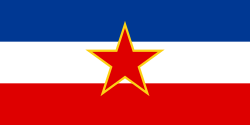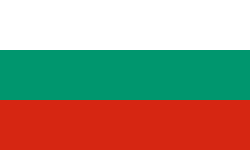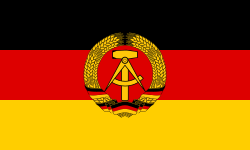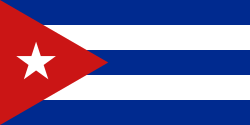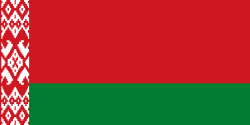Júdži Takada (zápasník)
| Júdži Takada | |
|---|---|
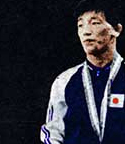 | |
| Narození | 17. února 1954 (69 let) Óta |
| Alma mater | Japonská tělovýchovná univerzita |
| Povolání | zápasník |
| Zaměstnavatel | Yamanashi Gakuin University |
| Ocenění | Medaile cti s fialovou stuhou (2007) |
| Některá data mohou pocházet z datové položky. | |
| Přehled medailí | ||
|---|---|---|
| zlato | 1976 Montréal | volný styl do 52 kg |
| bronz | 1984 Los Angeles | volný styl do 52 kg |
| Mistrovství světa v zápasu ve volném stylu | ||
| zlato | 1974 Istanbul | muší váha |
| zlato | 1975 Minsk | muší váha |
| zlato | 1977 Lausanne | muší váha |
| zlato | 1979 San Diego | muší váha |
| bronz | 1973 Teherán | muší váha |
| Asijské hry | ||
| zlato | 1978 Bangkok | zápas, volný styl |
| stříbro | 1974 Tehrán | zápas, volný styl |
Júdži Takada (japonsky 高田 裕司 Takada Júdži; * 2. února 1954 Óta, Japonsko) je bývalý japonský zápasník, volnostylař.
V roce 1976 na olympijských hrách v Montréalu v kategorii do 52 kg vybojoval zlatou a v roce 1984 na hrách v Los Angeles ve stejné kategorii bronzovou medaili.
Na mistrovství světa vybojoval v roce 1974, 1975 a 1977 zlatou a v roce 1973 bronzovou medaili. V roce 1978 obsadil páté a v roce 1990 osmé místo. V roce 1978 vyhrál a v roce 1974 vybojoval druhé místo na Asijských hrách.
Externí odkazy
 Obrázky, zvuky či videa k tématu Júdži Takada na Wikimedia Commons
Obrázky, zvuky či videa k tématu Júdži Takada na Wikimedia Commons - Júdži Takada v databázi Olympedia (anglicky)
- (anglicky) Unitedworldwrestling.org Archivováno 5. 3. 2016 na Wayback Machine.
- (anglicky) Iat.uni-leipzig.de
Média použitá na této stránce
Olympic Rings without "rims" (gaps between the rings), As used, eg. in the logos of the 2008 and 2016 Olympics. The colour scheme applied here was specified in 2023 guidelines.
Olympic Rings without "rims" (gaps between the rings), As used, eg. in the logos of the 2008 and 2016 Olympics. The colour scheme applied here was specified in 2023 guidelines.
US Flag with 45 stars. In use 4 July 1896–3 July 1908. Created by jacobolus using Adobe Illustrator, and released into the public domain. This flag was used during the Spanish-American War.
US Flag with 45 stars. In use 4 July 1896–3 July 1908. Created by jacobolus using Adobe Illustrator, and released into the public domain. This flag was used during the Spanish-American War.
Finská vlajka
(c) I, Cmapm, CC BY-SA 3.0
The flag of the Soviet Union (1955-1991) using a darker shade of red.
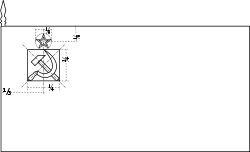
(c) I, Cmapm, CC BY-SA 3.0
The flag of the Soviet Union (1955-1991) using a darker shade of red.

Variant version of a flag of Japan, used between January 27, 1870 and August 13, 1999 (aspect ratio 7:10).
Flag of the Socialist Federal Republic of Yugoslavia (1946-1992).
The design (blazon) is defined in Article 4 of the Constitution for the Republic of Yugoslavia (1946). [1]
Flag of the Socialist Federal Republic of Yugoslavia (1946-1992).
The design (blazon) is defined in Article 4 of the Constitution for the Republic of Yugoslavia (1946). [1]
Flag of Iran. The tricolor flag was introduced in 1906, but after the Islamic Revolution of 1979 the Arabic words 'Allahu akbar' ('God is great'), written in the Kufic script of the Qur'an and repeated 22 times, were added to the red and green strips where they border the white central strip and in the middle is the emblem of Iran (which is a stylized Persian alphabet of the Arabic word Allah ("God")).
The official ISIRI standard (translation at FotW) gives two slightly different methods of construction for the flag: a compass-and-straightedge construction used for File:Flag of Iran (official).svg, and a "simplified" construction sheet with rational numbers used for this file.
52 kg podium at the 1973 World Freestyle Wrestling Championships in Tehran






